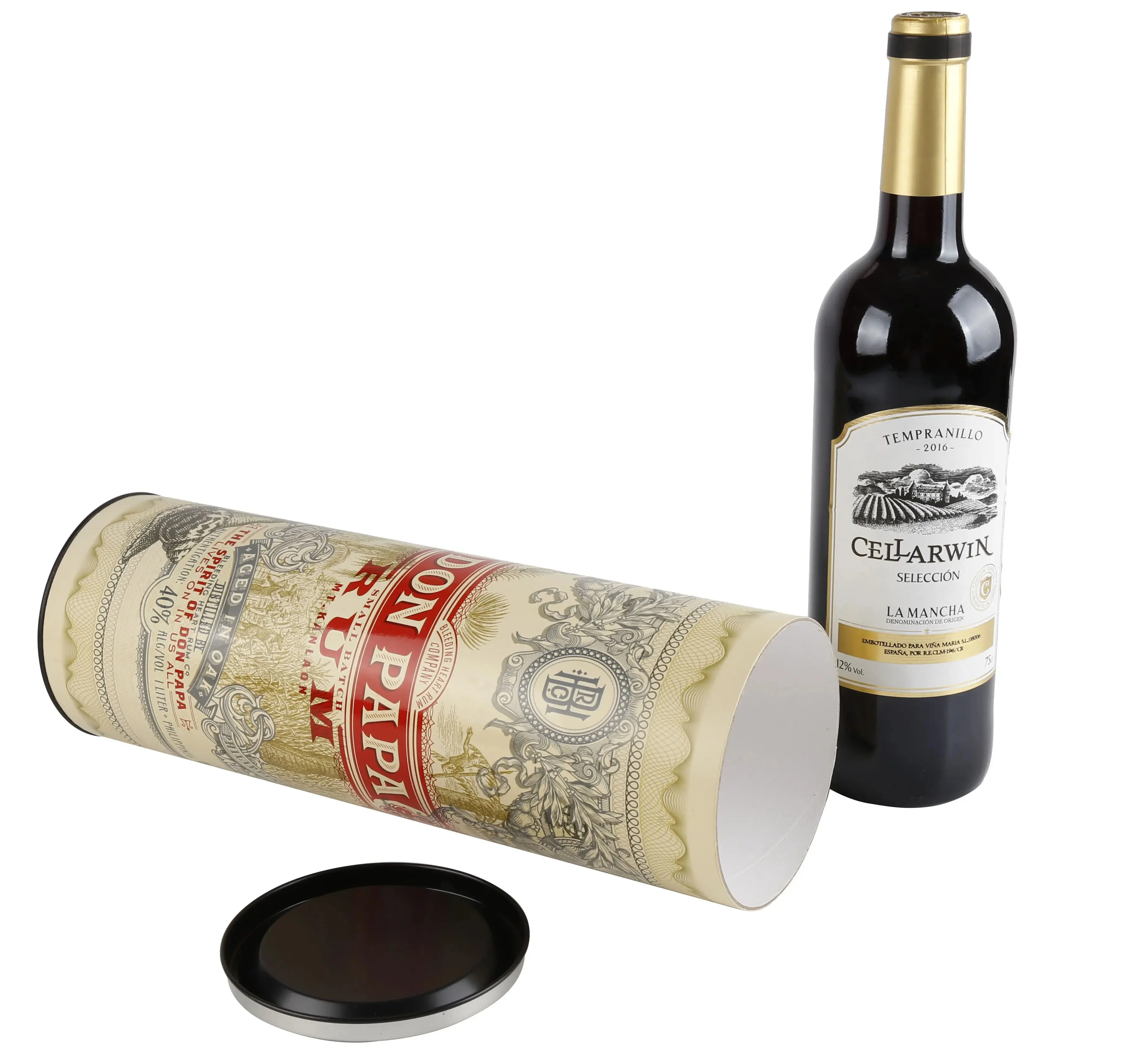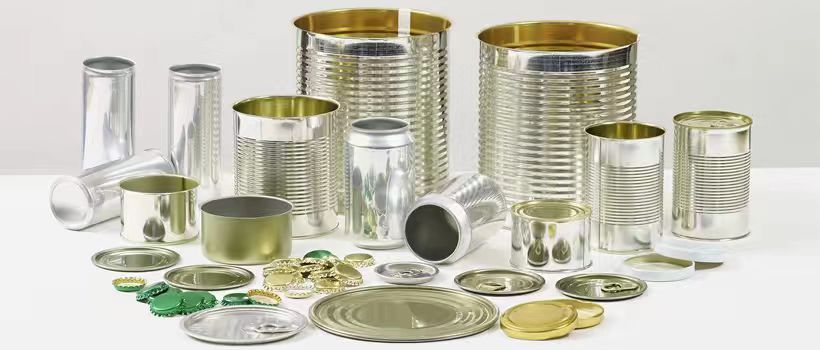In the vast and intricate world of food production, a wide array of elements contribute to ensuring that food reaches consumers in optimal condition. Among these, one of the most critical yet often overlooked components is the food packaging tray. This unassuming piece of packaging plays an indispensable role in maintaining the integrity, safety, and freshness of food products as they journey from the production line to the consumer's table. This article XRH delves deeply into the multifaceted role of food packaging trays.
What are Food Packaging Trays?

Food packaging tray is a packaging material used to carry and protect food and is widely used in all aspects of food production, processing, transportation and sales. They are usually made of plastic, cardboard, aluminum foil, or degradable materials, and have the functions of isolation, support, and protection. Food packaging trays can effectively prevent food from being contaminated and physically damaged by the external environment, maintain the freshness and morphological integrity of food, and are also easy to stack and transport, improving the efficiency of the supply chain. In addition, modern food packaging trays are often designed with tamper-proof and shelf-life extension functions to ensure food safety and consumer trust.
The Role of Food Packaging Trays in the Food Supply Chain
The food supply chain is a complex network involving multiple stages, including production, processing, packaging, storage, transportation, and retail display. Each of these stages presents challenges that can compromise the quality and safety of food products. Food packaging trays serve as a crucial defense mechanism, providing a stable, protective environment that minimizes the exposure of food to various environmental hazards such as contaminants, moisture, and physical damage.
1. Protecting Structural Integrity
One of the primary functions of food packaging trays is to maintain the structural integrity of food products throughout their journey in the supply chain. Delicate items such as pastries, fresh produce, or pre-prepared meals are particularly vulnerable to damage from handling, transportation, and stacking. A well-designed food packaging tray ensures that these products retain their intended shape and appearance, preventing them from being crushed, squished, or otherwise damaged. This protection is vital not only for maintaining the visual appeal of the product but also for ensuring that it reaches the consumer in the best possible condition.
The material composition of food packaging trays is also essential in providing structural support. Trays made from rigid plastics, foamed materials, or coated paperboard offer varying degrees of protection tailored to the specific needs of the food item. For instance, trays used for fresh fruits and vegetables are often designed with compartments or dividers that prevent items from knocking against each other, thus reducing bruising and spoilage. In contrast, trays for baked goods may be designed with cushioning properties to absorb shocks during transit.
Additionally, food packaging trays play a significant role in the portioning and presentation of food products. By securely holding individual portions, trays facilitate easy handling and serving, which is particularly important in retail environments and foodservice operations. The ability to present food attractively within its packaging can also influence consumer purchasing decisions, making the visual aspect of tray design a critical factor.
2. Enhancing Food Hygiene and Safety
Food packaging trays play a critical role in maintaining the hygiene of food products by acting as a barrier against external contaminants. Microbial contamination is one of the leading causes of foodborne illnesses, and food packaging trays help reduce this risk by keeping food enclosed and protected from environmental pathogens, dust, and other potential contaminants. The design and material selection for these trays are crucial, as they must prevent the growth of bacteria, mold, and other microorganisms that could compromise food safety.
Beyond microbial protection, food packaging trays also play a role in preserving the freshness and quality of food through advanced material technologies. For instance, trays with oxygen barrier properties can extend the shelf life of perishable items by reducing oxidation, which is a key factor in spoilage. Modified atmosphere packaging (MAP) trays, which replace the air inside the package with a controlled gas mixture, are particularly effective for maintaining the freshness of meats, dairy products, and ready-to-eat meals. These trays often incorporate multiple layers of materials, each serving a specific function such as moisture retention, gas barrier, or puncture resistance.
Moreover, the importance of traceability in food safety cannot be understated. Food packaging trays can be embedded with tracking technologies such as QR codes, RFID tags, or barcodes, which allow for the tracing of food products throughout the supply chain. This capability is essential in the event of a food recall, where quickly identifying and isolating affected products can prevent widespread illness and mitigate financial losses. The integration of such technologies into food packaging trays enhances the overall safety and reliability of the food supply chain.
3. Facilitating Efficient Distribution and Storage
Food packaging trays also contribute to the efficiency of the food supply chain by facilitating streamlined distribution and storage processes. Their stackable design allows for optimal space utilization in transportation and storage, reducing the need for excessive handling and minimizing the risk of damage. Trays that are designed to fit standard pallet dimensions can be easily integrated into automated systems, further enhancing the efficiency of supply chain operations.
Furthermore, the use of standardized tray sizes and shapes simplifies the logistics of packaging and distribution, ensuring that products can be quickly and efficiently processed at each stage of the supply chain.
In the context of retail, food packaging trays are instrumental in creating visually appealing displays that can attract consumers and encourage purchases. Trays designed for retail display often feature clear lids or windows, allowing consumers to view the product without opening the package. This transparency not only enhances the product's visual appeal but also builds trust by allowing consumers to inspect the food for freshness and quality before making a purchase.
4. Supporting Sustainability in the Food Supply Chain
As sustainability becomes an increasingly important consideration in the food industry, the role of food packaging trays in minimizing environmental impact is gaining attention. Manufacturers are exploring the use of sustainable materials, such as biodegradable plastics, recycled paperboard, and compostable biopolymers, to produce food packaging trays that reduce the overall carbon footprint of the food supply chain.
In addition to material innovations, food packaging trays are being designed with sustainability in mind by optimizing their structure to use less material while still providing adequate protection. Lightweight trays not only reduce the amount of raw material required for production but also decrease transportation costs and associated carbon emissions. Moreover, the development of recyclable and reusable trays is helping to close the loop in the food packaging lifecycle, reducing waste and promoting a circular economy.
Food packaging trays also play a role in reducing food waste, which is a significant contributor to environmental degradation. By protecting food products from damage and spoilage, trays help ensure that more food reaches consumers in good condition, thereby reducing the amount of food that is discarded due to quality issues. Additionally, trays with portion control features can help consumers manage their food intake more effectively, reducing the likelihood of over-purchasing and subsequent waste.
In conclusion, food packaging trays are an essential yet often overlooked component of the food industry. Their role in protecting food products, extending shelf life, enhancing consumer convenience, and supporting sustainability cannot be overstated. As the food industry continues to evolve, food packaging trays will remain a critical element in ensuring that consumers receive safe, fresh, and high-quality food products. By continuing to innovate and adapt to changing consumer preferences and regulatory requirements, the food packaging industry will ensure that food packaging trays continue to fulfill their vital role in the global food supply chain.
https://www.xrhpack.com/Food-tray.html
www.xrhpack.com
SUZHOU XINRIHE NEW MATERIAL CO.,LTD



